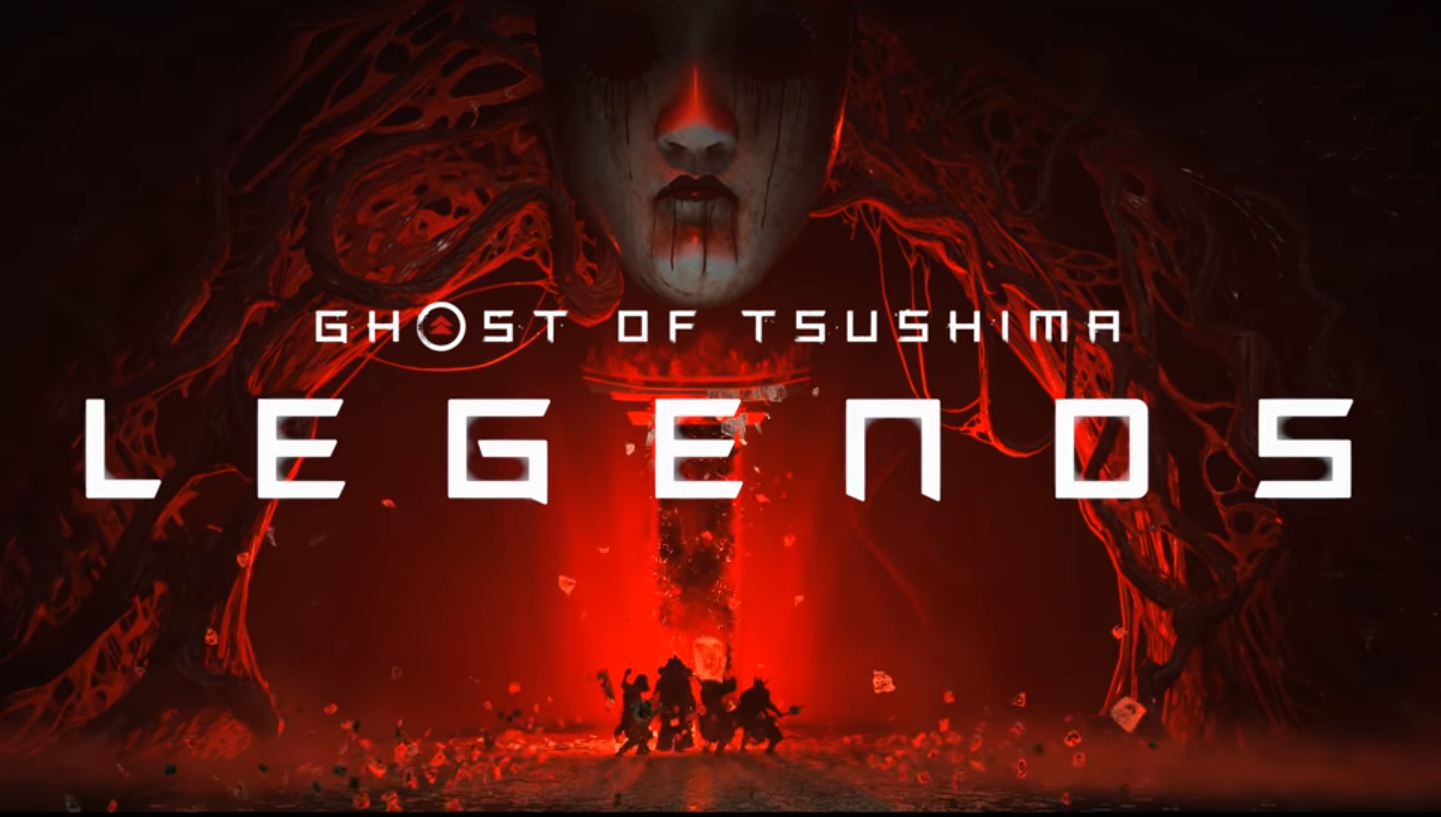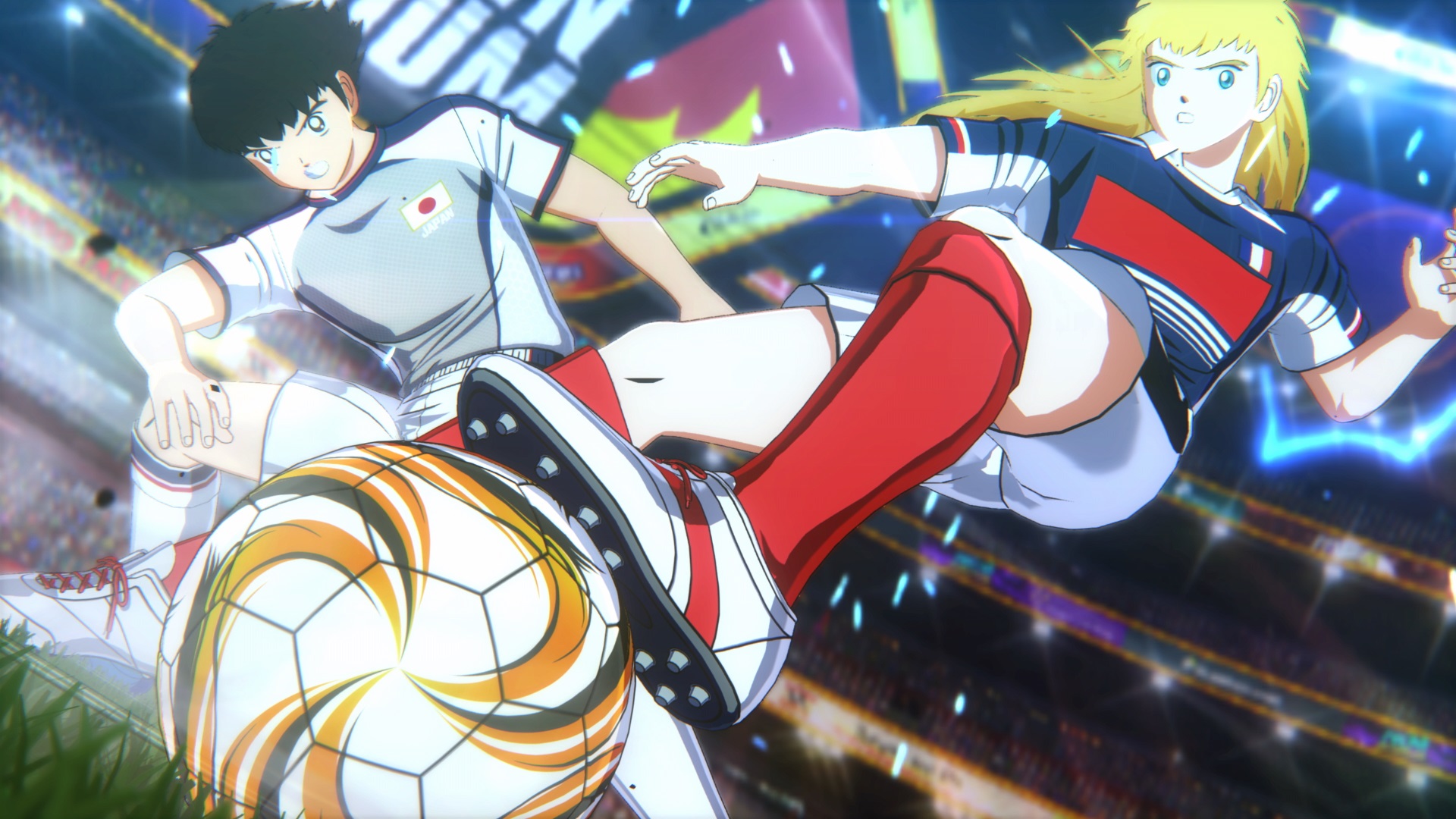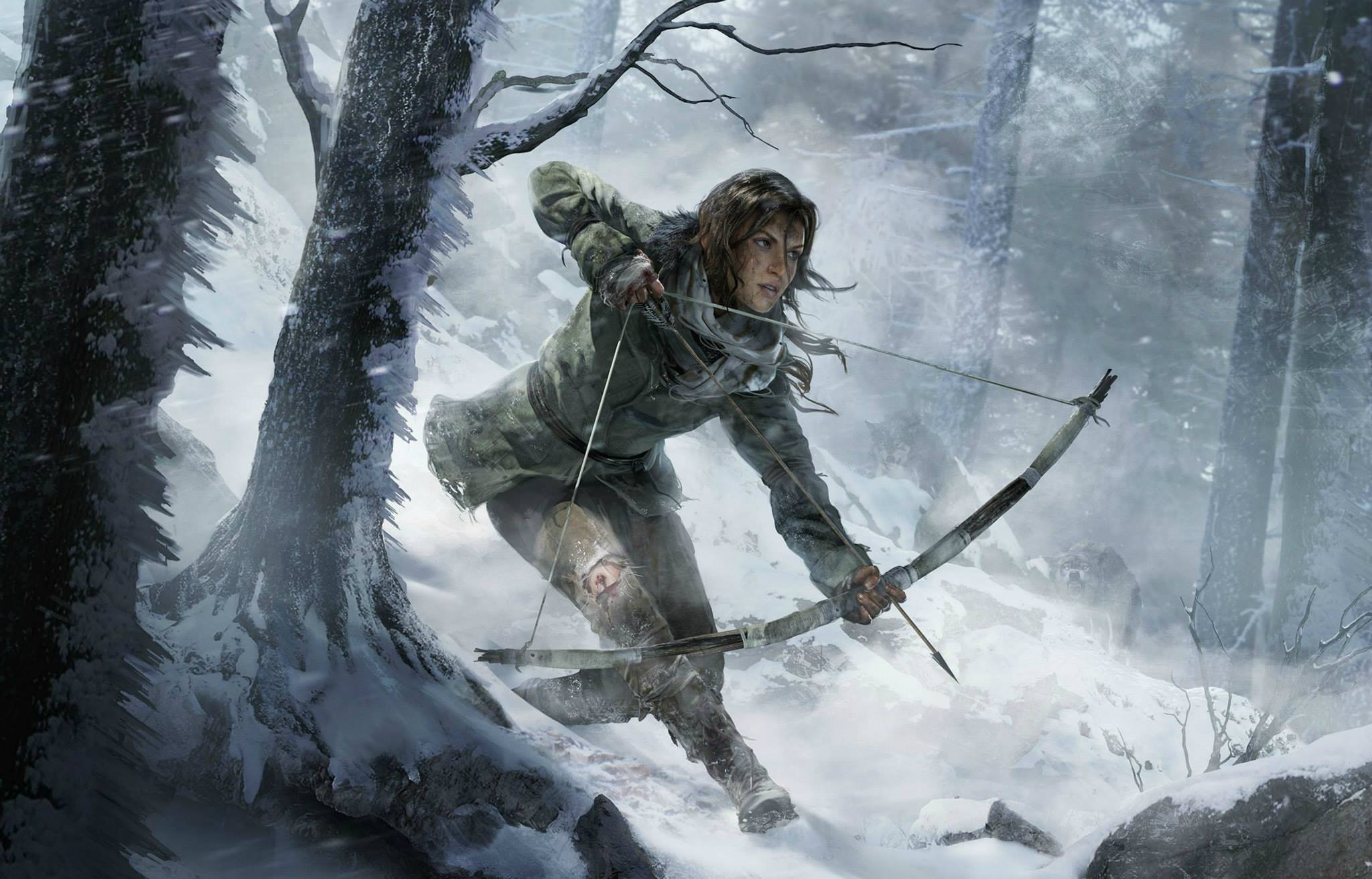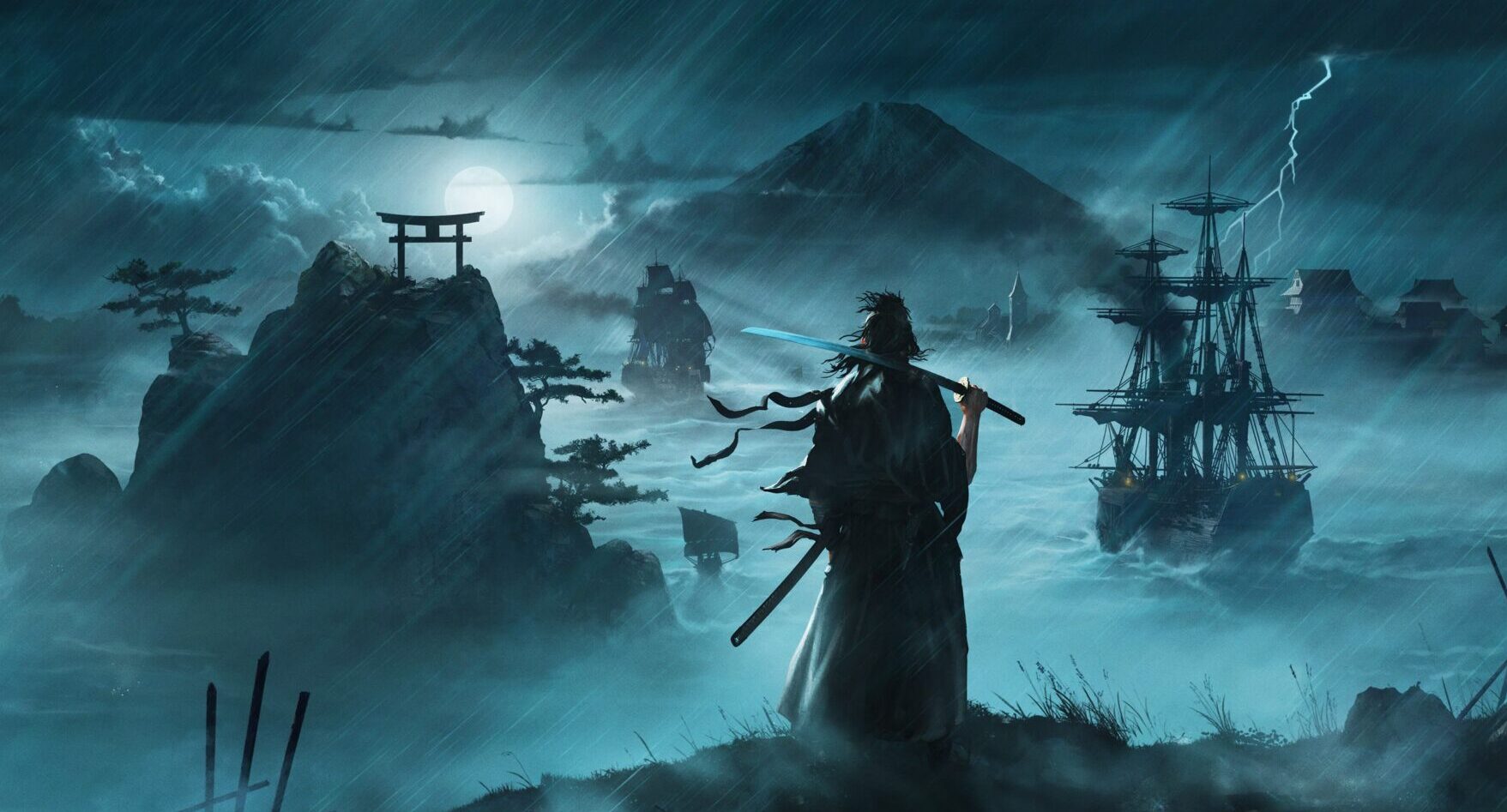
On the surface, Rise of the Ronin conceptually seems simple. Running together the best parts of a soulslike game with a setting and backdrop reminiscent of the highly successful Ghost of Tsushima seems like an easy win at first glance. It’s a deceivingly simple proposition that requires a balance between making a game that’s both fun to explore, and rewarding to battle through, a game that tells a deeper story and allows itself to be fun enough to want to play all the way through. Team Ninja definitely has the pedigree from their previous titles and Rise of the Ronin lives up to many of those elements, it’s just when awkwardly stumbling through it’s own story is when it starts to feel exhausting.
Rise of the Ronin is set during the end of the Edo period of Japan, an era when US expansionism was forcing the hand of the Japanese shogunate to open up to global trade. Both main protagonists are members of the Veiled Edge, a secretive group operating largely outside of imperial rule who operate in pairs.
To start, both halves of the Veiled Edge are controlled by the player and tasked with undertaking a raid to scuttle the US’ attempt to open up trade. This ends with only one of the protagonists returning back to a village of the Veiled Edge, only to find it raided by shogunate forces.
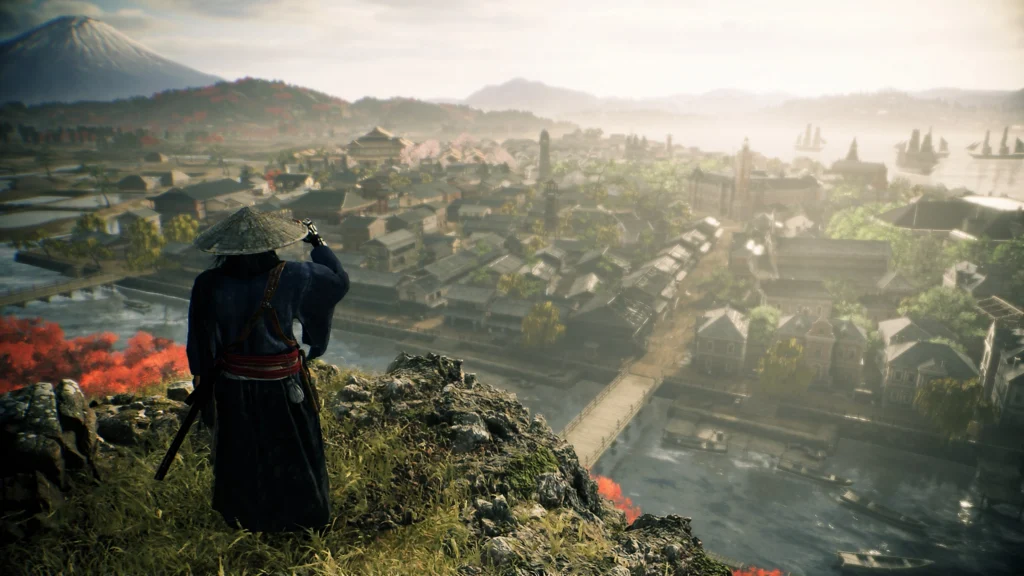
The first city to visit is Yokohama, with so many people to accidentally shove between missions
From that prologue, the world is opened up in a sense to players as they undertake exploration of the Yokohama in the first act. Like Ghost of Tsushima, the story is split across three act arc across three regions. What starts as a fairly linear progression of missions quickly ramps up into a slog of mostly side-quests and exploration points and relatively disjointed main questline.
Many of the side-missions work well with small, often self-contained story snippets with mostly repetitive tasks, they works well for world building even if sometimes unvaried. For the main questline itself, missions end up mostly only being tangentially connected and meandering, all while being introduced to a long cast of awkwardly written and unmemorable characters.
It’s a shame so many of the side-quests and world events feel so repetitive too, since the fighting for the most part feels solid and rewarding. It draws upon Team Ninja’s rich experience for creating engaging fights which ultimately feel rewarding throughout most of the campaign. The world itself scales quite well with character progression, it definitely pushes the player to engage in fights more thoughtfully further into the game as well.
Beyond the usual swordfighting, there’s both bows and rifles to choose from with ranged weapons, along with fights on horseback and pretty focused stealth mechanics. Comparatively, there isn’t as much depth to these elements, thought they provide a degree of variability to the oftentimes repetitive foes. There’s a real satisfaction to clearing out a camp using nothing but stealth, or finishing off someone by blowing off their head with a rifle, however trying to complete the entire game with only stealth would quickly end up a little tiresome.
Role-playing elements are scattered all throughout the game, with upgradable weapons and clothing, and crafting for many of the items, it adds an additional layer of depth to all the fighting. There is some inventory management as well, and unless you’re on an easier difficulty, players will need to engage with it to be properly prepared for most engagements throughout the world.
There’s also a skill tree, which between speech perks that feel intangible and irrelevant for the most part, and large parts of the skill tree being dedicated towards item crafting, it fluffs out a lot of the progression a lot more than it needs to. Some of these role-playing elements in general end up feeling quite superfluous, and some of the armor perks and skill tree items can end up being totally irrelevant for most styles of play.
The skill points themselves are mostly earned through world exploration, and across all the regions there’s a lot to do from unlocking shrines, defeating fugitives, unlocking waypoints, defeating enemy camps and best of all, finding cats (Yes you can pet them!). The world feels solidly alive and visually distinctive, and does a solid job of inviting more exploration throughout a play-through.
It’s never been the focus of either Team Ninja or soulslike games in general to be the most visually pleasing, and while Rise of the Ronin does feel like a step up from previous Team Ninja games, it’s difficult not to make the comparison with how far behind it is visually from thematically similar games like a hugely successful Ghost of Tsushima. The upshot of this visual tradeoff is that it works to make the game solidly performant, with little in the way of graphical glitches or drops throughout.
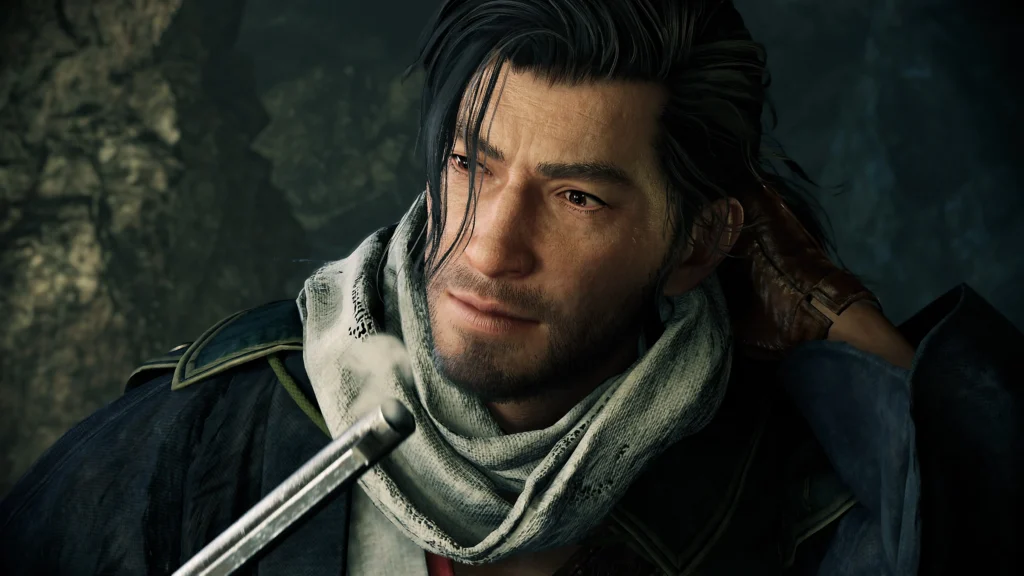
I have a level 4 bond with him, but for the life of me I cannot remember his name.
The technical quality of the game in general is excellent, throughout the game there are very few glitches and bugs experienced, especially given the ambition of what the game is trying to achieve and what it includes. Being this polished really does contribute to how fun exploration is and removes some of the frustration factor that can creep in for the harder encounters (and difficulties).
Even just exploring the open world is fun, and there are some great tools made available to further enhance this fun and ease of exploration. The grappling hook is a handy little tool for the more vertical aspects of the game, and dotted throughout the game there are small platforming sections that need to be traversed. Alongside that, there’s the more traditional horseback riding and best of all, the paraglider. Suspending historical accuracy for a moment, the game offers up a folding paraglider to zip around with, which definitely contributes to the feeling of fun that’s at the core of a lot of the extra-circular activities in this game.
So much of the non-core elements of the game just feel fun, it really feels like Team Ninja made sure that outside of oftentimes grueling fights, that this is all supposed to be fun at the end of the day. So much outside the core fighting mechanics is quality-of-life polish to make fight and fight-preparation easier, silly little inclusions just to make things unabashedly fun. It’s a great little pressure relief after throwing yourself at the same mission one too many times, or finding the next mission feeling all too familiar.
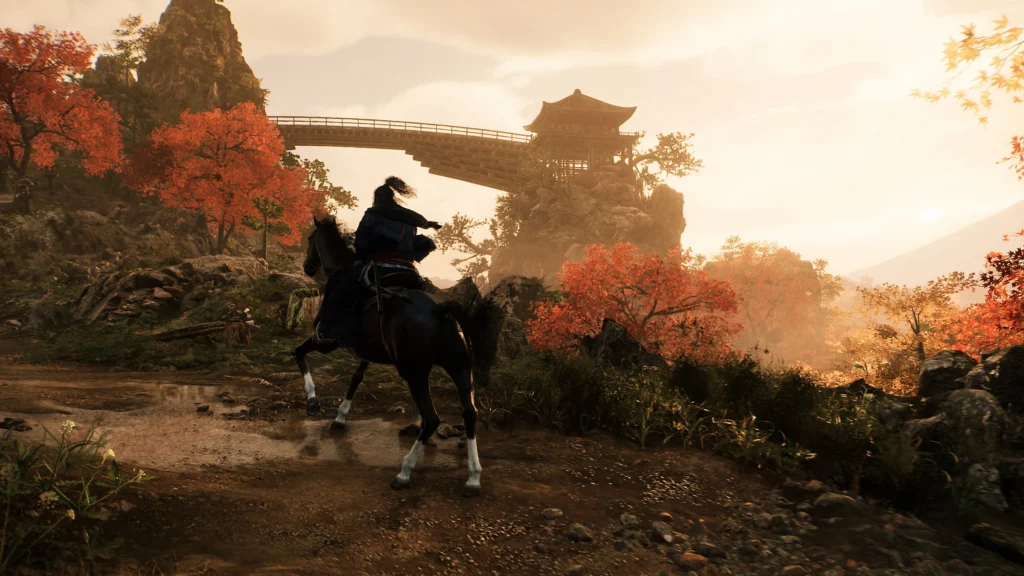
There’s horseback riding, and photography, but no horseback photography
That’s the rub, a lot fun and quality-of-life work gets a bit spoilt when thrown against the same looking group of enemies, or engaging in the same style of mission again and again, especially towards game’s end. Throw in the awkward writing, stilted voiceover work, and a disjointed, meandering main storyline, it’s difficult to not want to get constantly sidetracked. At least the historical backdrop to all this is interesting.
Rise of the Ronin feels like an oftentimes fun jaunt through the most interesting part of Edo-era Japan, spoilt by otherwise awkward writing and a repetitive main questline. With swordplay that feels polished and rewarding, augmented with the added depth of ranged weapons and stealth and with a heap of role-playing micromanagement to support it all. Rise of the Ronin is at it’s best when procrastination meets exploration in a wonderfully stylized rendition of feudal Japan.
- An open and varied world that invites exploration. - Technically polished with little in the way of bugs or glitches. - There's a lot to do when you get sidetracked.
- A often disjointed main quest line. - Character writing that feels awkward and forced. - A stilted and unmemorable cast of supporting characters.
In Summary:
Rise of the Ronin builds a fantastic world of late-Edo Japan, crafted with excellent fighting mechanics that stumbles when it comes to it's awkward writing.

